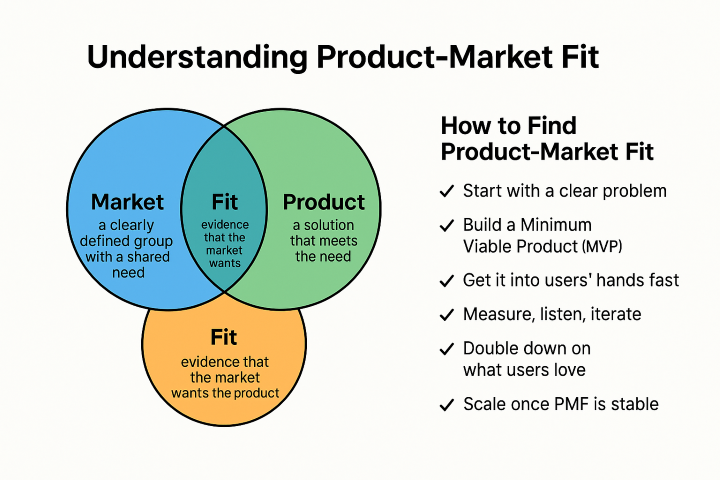When launching a new product or service, understanding your market size is crucial. It allows you to make informed decisions, set realistic goals, and strategize effectively. One of the most effective frameworks to determine your market size is the TAM-SAM-SOM model. This model breaks down the market into three key segments: Total Available Market (TAM), Serviceable Available Market (SAM), and Serviceable Obtainable Market (SOM). Understanding these components can provide clarity on your market’s potential and help you focus your efforts where they matter most.
TAM: Total Available Market
The TAM represents the total demand for a product or service in a given market. It answers the question, “How large could the market be if there were no constraints?” TAM is the largest possible opportunity, assuming every single potential customer in the market purchased your product or service.
To calculate TAM, you typically multiply the average revenue generated by your product or service by the total number of potential customers in the market. For example, if you’re selling a software subscription that costs $100 annually and there are 1 million potential customers, your TAM would be $100 million.
There are different approaches to calculating TAM, including:
- Top-Down Approach: This method uses industry research reports and data to start with a large market and narrow it down to your specific product.
- Bottom-Up Approach: This method starts with your product and its specific market, then scales up to estimate the overall market size.
- Value-Theory Approach: This approach estimates TAM based on the perceived value your product offers to customers, rather than market size alone.
SAM: Serviceable Available Market
While TAM provides a broad view of the market, SAM narrows it down to a more realistic segment. SAM represents the portion of TAM that your product or service can target based on geographical, operational, or logistical constraints. Essentially, SAM is the subset of the total market that you can realistically serve.
Calculating SAM involves understanding your product’s reach within a specific geographical area or customer segment. For instance, if your product can only be delivered in certain regions, your SAM would be the potential market within those regions, not the entire market.
SOM: Serviceable Obtainable Market
The SOM is the most focused and actionable segment of the market. It represents the portion of the SAM that you can realistically capture, considering factors like competition, market saturation, and your operational capacity. SOM is your actual market share goal, based on a realistic assessment of your capabilities.
To calculate SOM, you generally look at historical data or make educated estimates based on market penetration rates. For example, if your SAM is $50 million and you believe you can capture 10% of that market, your SOM would be $5 million.
Applying the TAM-SAM-SOM Framework
Using the TAM-SAM-SOM framework helps in making data-driven decisions about where to focus resources. TAM gives you a sense of the full market potential, SAM helps you understand where you can effectively operate, and SOM shows you what portion of the market you can realistically capture.
For startups, especially those in the early stages, understanding SOM is critical because it directly impacts revenue projections and business planning. Investors often look at SOM to gauge the realistic market opportunity and the startup’s potential for growth.
The TAM-SAM-SOM model is a powerful tool for understanding your market size. By breaking down the market into these three segments, you can gain a clearer picture of the opportunities and challenges ahead. This approach not only helps in strategic planning but also provides a compelling narrative for investors, helping them understand the potential scale and impact of your business.
Content authored with the assistance of AI





